Inwoohouse [Korea Quality] / 인우하우스 [한국관광 품질인증]
1.2Km 2023-04-13
9, Gyedong 6-gil, Jongno-gu, Seoul
02-742-1115
Run by a couple hailing from Bukchon, Inwoo House is located in an alleyway in Gye-dong, Jongno-gu, which is part of Bukchon that is well-known for old hanok houses. Inwoo House, meaning 'the house of Inwoo,' is inhabited by the owner couple and eight-year-old son Inwoo and his younger brother Yeonwoo. The couple, who have always lived in Bukchon, moved to Inwoo House in 2010; their parents run another guesthouse -- Yeonwoo House -- in Gahoe-dong, which isn’t far from Inwoo House. These two hanok guesthouses seek to provide guests with an opportunity to experience the true aspect of traditional Korean house amid the natural environment. Inwoo House, which has the typical style of hanok in the area, features a cozy yard, a toenmaru (narrow wooden porch running along the outside of the building), and several charming decorative items. It has three rooms – Tokki-bang and Haejanggeum-bang situated in Sarangchae (a detached building) and Nori-bang, which is a communal space. Due to its quiet location, guests can enjoy relaxation with a serene atmosphere in their rooms, which are decorated with calligraphic works and furniture inlaid with mother-of-pearl in a simple way. Each room is equipped with a bathroom. The guesthouse offers breakfast such as toast or tteokguk (rice cake soup). Inwoo House is an ideal place to stay for guests with children as the owner couple have children with whom children can play in the alley, yard, or toenmaru with an interesting hanok environment. The guesthouse also provides various traditional activities including traditional Korean clothes experience, traditional Hanji (Korean paper) craft experience, traditional knot bracelet making, and fan decorating, which are popular among foreign tourists and children. It is adjacent to restaurants, coffee shops, convenience store, and other tourist attractions including Gyeongbokgung Palace, Changdeokgung Palace, Insa-dong, and Samcheong-dong.
GOYONAM - Myeongdong Branch (고요남 명동)
1.2Km 2021-03-19
10, Myeongdong 8na-gil, Jung-gu, Seoul
+82-2-318-2225
This is a Korean cuisine located in Myeong-dong, Seoul. A restaurant well-known for the large meat attached to bone and 55cm-long yukhoe chobap (a dish of raw slices of beef served over pressed vinegar rice). The representative menu is grilled beef ribs.
Sooga (수가)
1.2Km 2021-03-18
42-1, Myeongdong 8ga-gil, Jung-gu, Seoul
+82-2-777-5575
This is a Korean cuisine located in Myeong-dong, Seoul. A restaurant specializing in seolleongtang (ox bone soup) and suyuk (boiled beef slices). The representative menu is assorted boiled meat slices.
C TAVERN (씨태번)
1.2Km 2021-03-18
52, Myeongdong, 8ga-gil, Jung-gu, Seoul
+82-2-778-0770
A beer specialty restaurant located in Myeong-dong, Seoul. A bar selling craft beer. The most famous menu is house-made beer.
Janggeumi Jeonjip (장금이전집)
1.2Km 2021-03-20
147-9, Toegye-ro, Jung-gu, Seoul
+82-2-771-5279
As a place well-known among not only Koreans but also foreigners, it sells a variety of Korean dishes. The best menu at this restaurant is stir-fried seafood. This Korean dishes restaurant is located in Jung-gu, Seoul.
Gaehwa (개화)
1.2Km 2021-03-26
52-5, Namdaemun-ro, Jung-gu, Seoul
+82-2-776-0508
Located a short walking distance away from Myeong-dong's Chinese Embassy, Gaehwa boasts 50 years of tradition as the 3rd Chinese restaurant chain in Korea. Gaehwa's jajangmyeon (noodles in black bean sauce) and palbochae (stir-fried seafood and vegetables) are extremely popular. This is a great place for a quick meal, as it serves plenty of food at affordable prices. Gaehwa has been using the same traditional cooking style and unchanging service values to create a comfortable atmosphere like visiting home.
Cérémonie de la relève de la garde du Palais Deoksugung (덕수궁 왕궁수문장교대의식)
1.2Km 2024-11-28
99, Sejong-daero, Jung-gu, Seoul-si
- Ligne Info Tourisme +82-2-1330 (coréen, anglais, japonais, chinois)
Palais Deoksugung (덕수궁)
1.2Km 2024-06-04
57, Namdaemun-ro 1-gil, Jung-gu, Seoul-si
+82-2-771-9951
Situé au coin d'un des carrefours les plus fréquentés du centre-ville de Séoul, le palais de Deoksugung est célèbre pour son élégante route murale en pierre qui, unique en son genre car accolée à des bâtiments modernes occidentaux, ajoute un charme particulier au palais.
Originellement, le palais Deoksugung appartenait au prince Wolsandaegun (1454~1488), le frère aîné du roi Seongjong (1469~1494) de la dynastie Joseon. Il devint un palais royal quand Gwanghaegun (1575~1641) monta sur le trône et donna au palais le nom de Gyeongungung en 1611. Plus tard, le nom fut changé en Deoksugung.
Si vous entrez dans le palais Deoksugung par la porte Daehanmun, vous verrez le pont Geumcheon, suffisamment large pour que la voiture-charriot du roi puisse y passer. Le bâtiment Beopjeon de Junghwajeon est majestueux, et témoigne de la vie fastueuse des rois de l'époque.
Le bâtiment Jeukjodang reçut ce nom car Gwanghaegun et Injo montèrent tous deux sur le trône à cet endroit. L’insigne du devant sur Jeukjodang a été écrite personnellement par Gojong en 1905 après être devenu roi. Hamnyeongjeon était le lieu où dormait Gojong, et Hamnyeong a été nommé de la sorte afin de souhaiter à Gojong la paix éternelle. L’aile Est servait de chambre pour le roi alors que l’aile Ouest était réservée à la reine. Jeonggwanheon fut le premier bâtiment de style occidental à avoir été construit dans le palais, en 1900. On raconte que Gojong aimait boire une tasse de café et passer son temps libre là-bas.
L’arrière du bâtiment comprend des passages secrets qui existent encore de nos jours menant désormais à l'ambassade de Russie. Seokjojeon est l’autre bâtiment de style occidental qui est encore visible au palais Gyeongungung. C'est durant sa construction par un émissaire anglais en 1905 que le palais tomba dans les mains du Japon. Les travaux furent finalement achevés en 1910.
Après la mort de Gojong, Seokjojeon est devenu une galerie d’art japonais ouverte au public. Suite à l’Indépendance de la Corée, la commission commune Américo-Russe s'est tenue dans ces lieux en mai 1946.
L’aile Est du bâtiment Seokjogwan sert à présent comme lieu d'exposition du palais, tandis que l’aile Ouest est utilisée comme une annexe du Centre National d'Art Moderne.
![Inwoohouse [Korea Quality] / 인우하우스 [한국관광 품질인증]](http://tong.visitkorea.or.kr/cms/resource/64/2633664_image2_1.jpg)
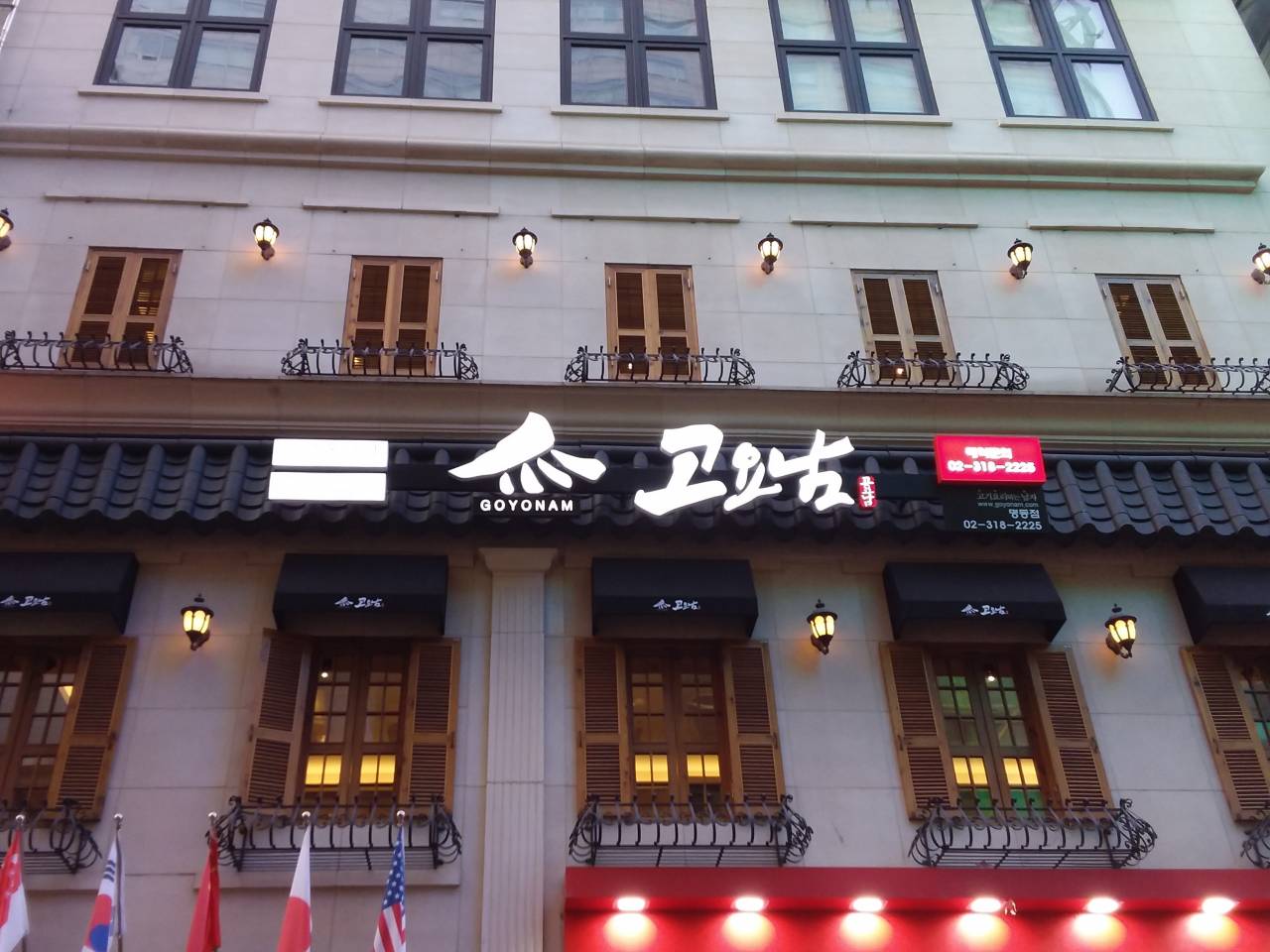
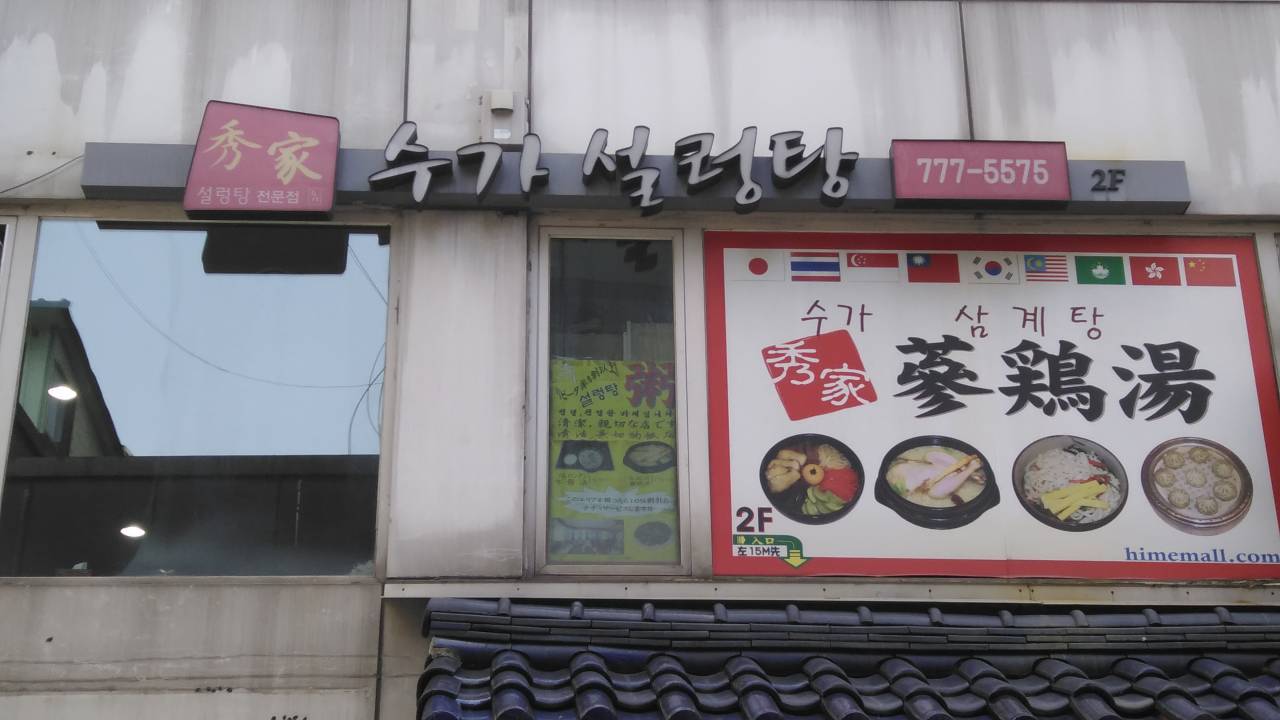
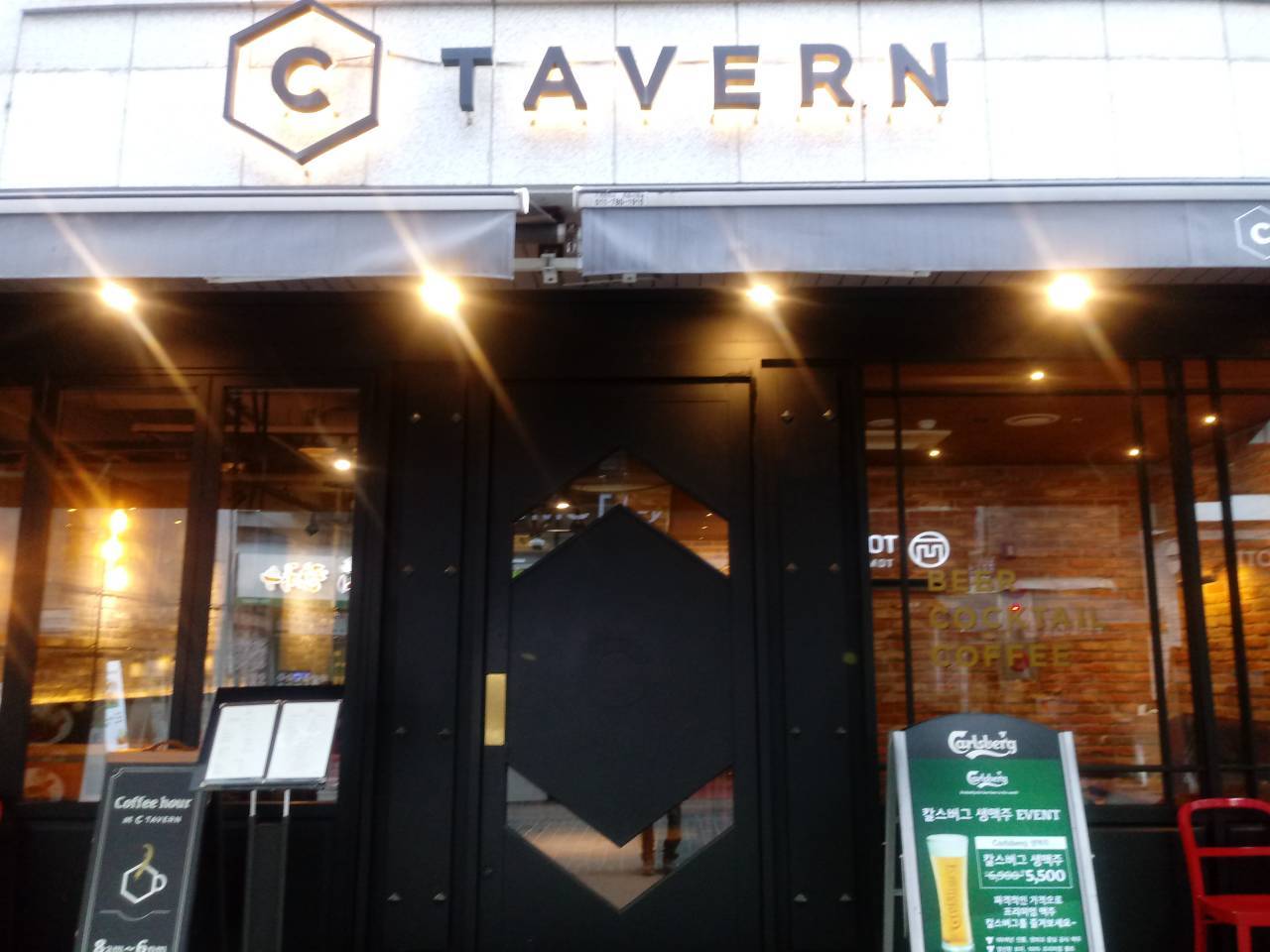
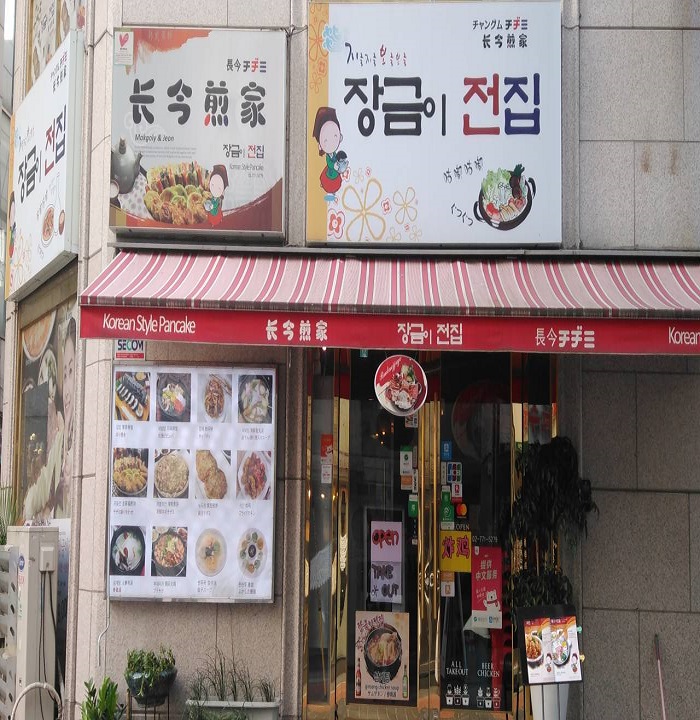
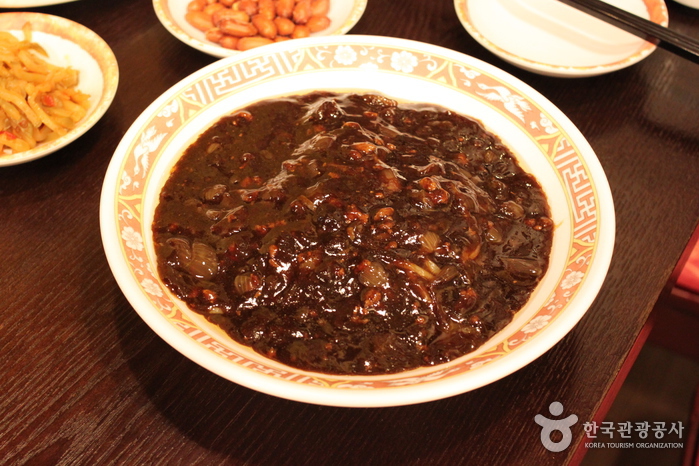
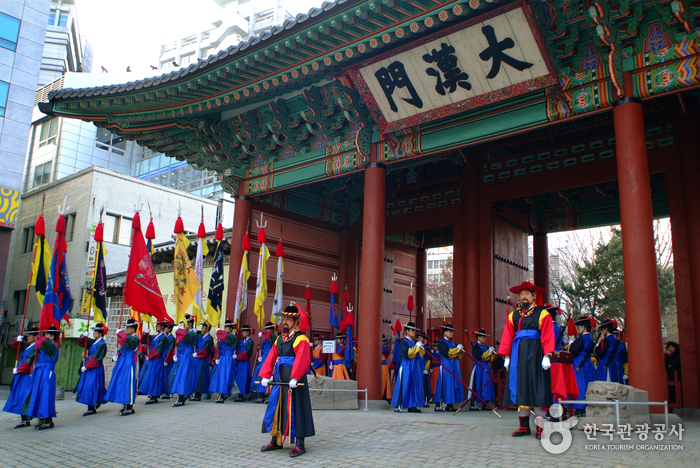

 Français
Français
 한국어
한국어 English
English 日本語
日本語 中文(简体)
中文(简体) Deutsch
Deutsch Español
Español Русский
Русский